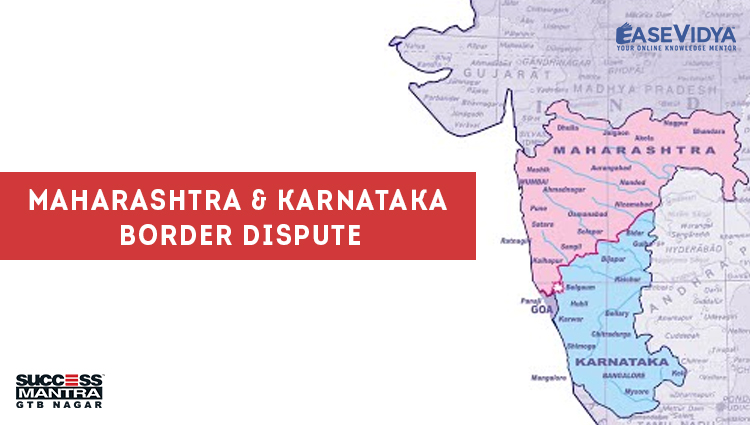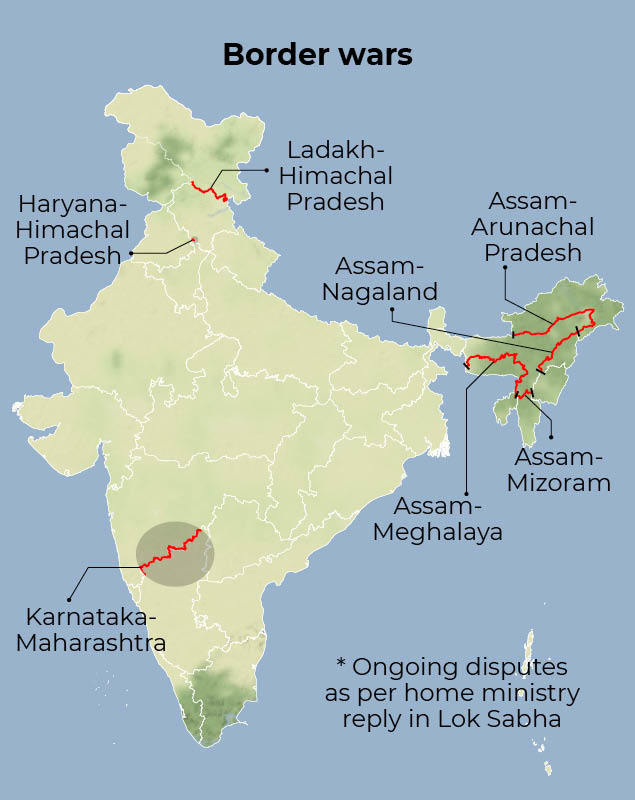Free Courses Sale ends Soon, Get It Now


Free Courses Sale ends Soon, Get It Now



Copyright infringement not intended
In News
Maharashtra-Karnataka border dispute

The possible reason behind Inter-State Border Disputes
Way Forward

https://indianexpress.com/article/explained/how-are-disputes-between-states-resolved-8349561/
© 2024 iasgyan. All right reserved